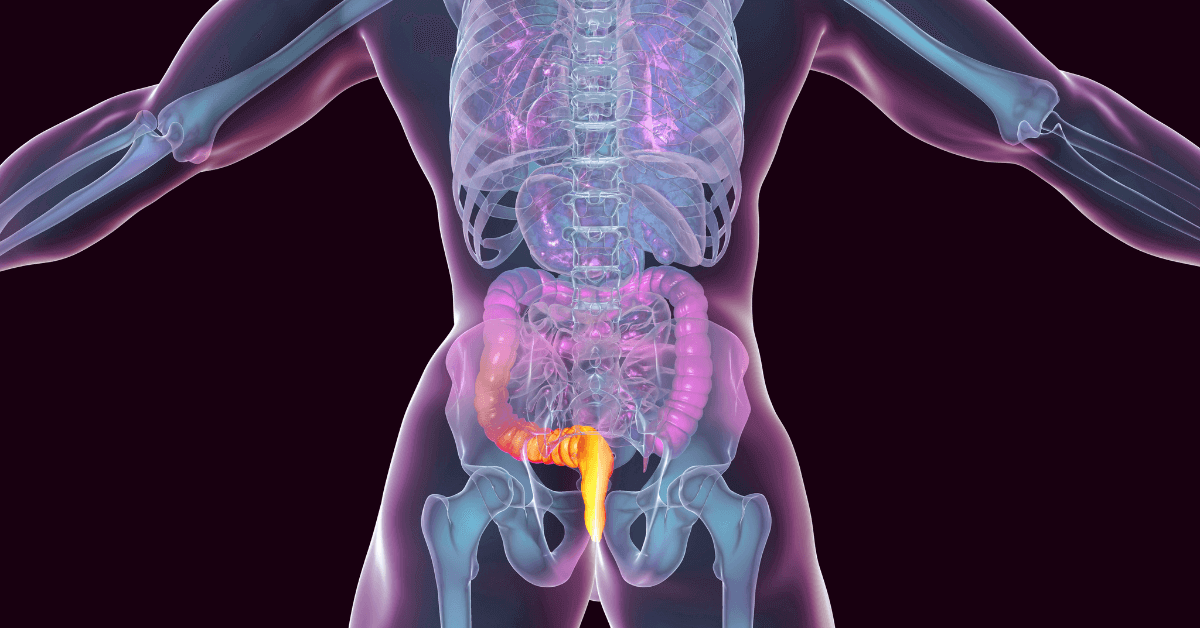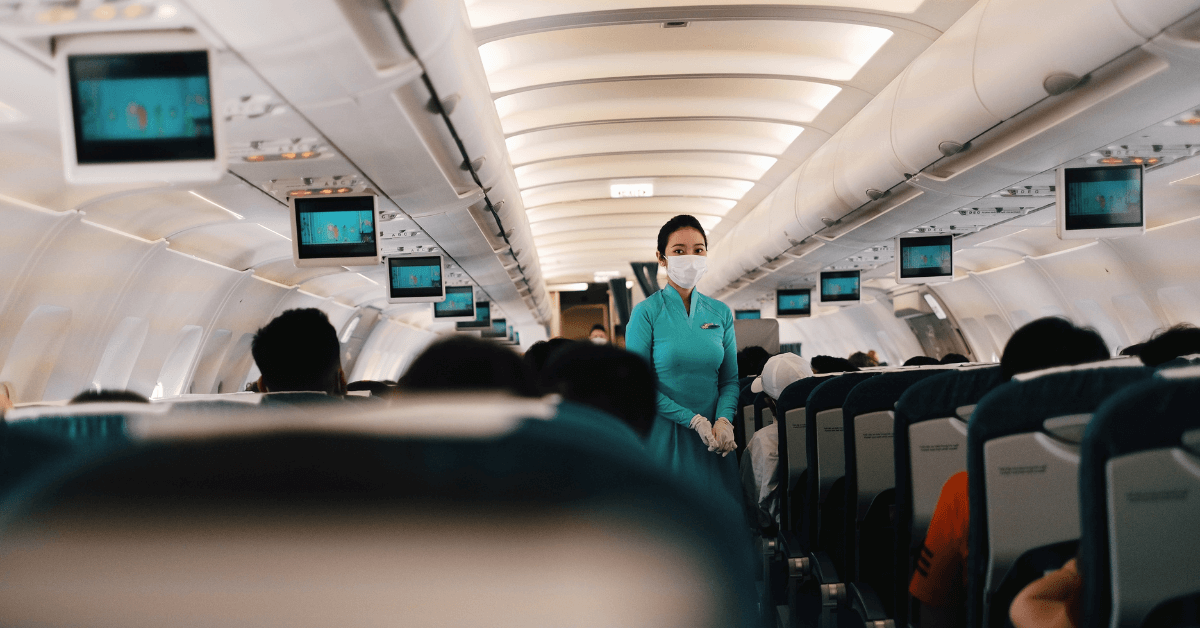How Anal Fistula Forms matters because understanding its development helps you act early, seek care fast, and avoid complications. In this article, you will learn how anal fistula begins, what causes it, how doctors diagnose it, and how modern, sphincter-sparing treatments like FiLaC offer hope.
1. What Triggers How Anal Fistula Forms
1.1 Starting Point: Abscess Formation
Anal fistula begins most often when an anal gland becomes blocked. Then bacteria grow, forming an abscess. If that abscess drains but does not heal fully, it leaves a tunnel or fistula between the bowel and skin. Consequently, this tunnel becomes the fistula tract. That is exactly how anal fistula forms.
1.2 Other Causes That Explain How Anal Fistula Forms
Moreover, other factors also contribute to how anal fistula forms:
- Crohn’s disease, trauma from surgery or childbirth, tuberculosis, or sexually transmitted infections can heighten risk of fistula development.
- In rare cases, cancer or radiation therapy also play a role.
Together, these elements show why knowing how anal fistula forms helps you spot risk early.
2. Recognizing How Anal Fistula Forms: Signs and Symptoms
Symptoms make the formation clear. Specifically:
- You may notice pain, swelling, or redness, especially during bowel movements.
- You may see pus or blood discharge from an opening near the anus.
- You might experience fever, chills, or recurrent abscesses.
3. Diagnosing How Anal Fistula Forms
3.1 Physical Exam and Imaging
Doctors often start with a physical or digital rectal exam to detect fistula tracts. Yet, they also use imaging tools like MRI, endoanal ultrasound, or fistulography for precise mapping.
3.2 Why Early Diagnosis Matters
In effect, timely imaging and examination reveal the full extent and type of fistula. Then clinicians can choose the best approach, often avoiding unnecessary surgery and reducing risks.
4. Understanding How Anal Fistula Forms Is Key to Treatment Options
Once you know how anal fistula forms, you can choose wisely among treatments. Let us explore both traditional and modern choices.
4.1 Traditional Surgical Techniques
Various established options include:
- Fistulotomy opens the fistula for inside-out healing. It often works in simple cases but risks damaging the sphincter.
- Seton placement uses a thread through the tract for drainage and gradual healing. However, it can take weeks or months and cause discomfort.
- Advancement flaps use healthy tissue to close the internal opening. They work for complex cases but require major surgery.
- LIFT (ligation of intersphincteric fistula tract) cuts and closes the tract without injuring sphincters. It offers better continence but variable success.
4.2 Minimally Invasive: FiLaC (Fistula-tract Laser Closure)
Increasingly, FiLaC shines as a modern, less-invasive option that aligns well with how anal fistula forms and allows treatment while preserving sphincter function.
What FiLaC does:
- A radial laser fiber enters the fistula tract from the outside and uses photothermal energy as it withdraws. That energy destroys the tract lining and seals both internal and external openings
- It preserves anal function, reduces pain, and allows faster recovery.
What research shows:
- In one study, FiLaC healed about 89% of cases with minimal complications.
- Other trials show success rates ranging from 64% to 82%, sometimes needing a second session.
- Reviews suggest healing often ranges near 70–80%, with low incontinence risk.
5. IBI Clinic and FiLaC: A Leading Modern Treatment Approach
5.1 IBI Clinic Offers FiLaC Expertise
Notably, the IBI Clinic integrates FiLaC in its minimally invasive protocols. They highlight FiLaC’s benefits:
- Little pain, no external wounds, speedy recovery, and repeatable if needed.
- It suits fragile patients and complex cases.
- IBI Clinic also operates a Same-Day Surgery Center capable of efficiently performing FiLaC with advanced technology.
Though individual results vary, that experience aligns with how anal fistula forms and how treatment should proceed when managed by skilled clinicians.
5.2 FiLaC at IBI Clinic: Patient Experience
A firsthand patient account from a Reddit post describes FiLaC at IBI Healthcare in Tampa. That individual reported manageable pain, efficient care, and a promising early recovery.
Though individual results vary, that experience aligns with how anal fistula forms and how treatment should proceed when managed by skilled clinicians.
6. Recovery After FiLaC Treatment
- Patients usually return to normal activities within days.
- Pain is mild; opioids often not required.
- Recovery is fast because FiLaC causes minimal tissue trauma.
7. Risks, Recurrence, and Long-Term Outlook
7.1 Possible Risks
- FiLaC’s blind nature may miss minor secondary tracts, causing recurrence.
- High-energy lasers may cause some pain, but newer 1470 nm lasers minimize that risk.
7.2 Recurrence and Re-Treatment
Repeat FiLaC sessions can lift success from ~64% to ~88% in recurrent cases.
8. Home and Lifestyle Support While Healing
While medical treatment is key, you also help healing by:
- Maintaining hygiene with sitz baths.
- Eating high-fiber food and staying hydrated.
- Avoiding prolonged sitting or straining.
These steps support how anal fistula forms, helps avoid further irritation, and aids healing.
Conclusion
How Anal Fistula Forms affects patients deeply, but understanding its origin, getting diagnosed early, and choosing a treatment like FiLaC can preserve function and well-being. IBI Clinic stands out as a modern, patient-focused center offering this laser procedure.



